Name of Project: Space Spectroscopy
Proposal in one sentence: Curated set of space spectroscopy images
Description of the project and what problem is it solving:
Imaging Spectroscopy is the acquisition of images where for each spatial resolution element in the image a spectrum of the energy arriving at the sensor is measured. These spectra are used to derive information based on the signature of the interaction of matter and energy expressed in the spectrum. This spectroscopic approach has been used in the laboratory and in astronomy for more than 100 years.
As an example, a reflectance spectrum of a mixture of three common rock forming minerals is shown below. Each mineral is a different molecule that absorbs energy in different regions of the spectrum. From the spectrum the three minerals can be identifed and with radiative transfer analysis the relative concentrations of the minerals can be determined.
Imaging Spectroscopy is the acquisition of images where for each spatial resolution element in the image a spectrum of the energy arriving at the sensor is measured. These spectra are used to derive information based on the signature of the interaction of matter and energy expressed in the spectrum. This spectroscopic approach has been used in the laboratory and in astronomy for more than 100 years.
As an example, a reflectance spectrum of a mixture of three common rock forming minerals is shown below. Each mineral is a different molecule that absorbs energy in different regions of the spectrum. From the spectrum the three minerals can be identifed and with radiative transfer analysis the relative concentrations of the minerals can be determined.
IMAGING SPECTROSCOPY IN THE SOLAR REFLECTED SPECTRUM OBJECTIVE
Quantitative measurement of components of the Earth System from calibrated spectra acquired as images for scientific research and applications.
APPROACH
Measure the upwelling radiance spectrum from 400 to 2500 nm at 10 nm resolution
Based upon the molecular absorptions and constituent scattering characteristics expressed in the spectrum:
Detect and identify the surface and atmospheric constituents present
Assess and measure the expressed constituent concentrations
Assign proportions to constituents in mixed spatial elements
Delineate spatial distribution of the constituents
Monitor changes in constituents through periodic data acquisitions
Simulate, calibrate and intercompare sensors
Validate, constrain and improve models
RESEARCH AND APPLICATIONS
Through measurement of the solar reflected spectrum, a range of scientific research and application is being pursed using signatures of energy, molecules and scatterers in the spectra measured by AVIRIS:
Atmosphere: water vapor, clouds properties, aerosols, absorbing gases…
Ecology: chlorophyll, leaf water, lignin, cellulose, pigments, structure, vegetation species and community maps, nonphotosynthetic constituents…
Geology and soils: mineralogy, soil type…
Coastal and Inland waters: chlorophyll, plankton, dissolved organics, sediments, bottom composition, bathymetry…
Snow and Ice Hydrology: snow cover fraction, grainsize, impurities, melting…
Biomass Burning: subpixel temperatures and extent, smoke, combustion products…
Environmental hazards: contaminants directly and indirectly, geological substrate…
Calibration: aircraft and satellite sensors, sensor simulation, standard validation…
Modeling: radiative transfer model validation and constraint…
Commercial: mineral exploration, agriculture and forest status…
Algorithms: autonomous atmospheric correction, advanced spectra derivation…
Grant Deliverables:
Publish dataset with images on Polygon
Which category best describes your project? Unleash data
Which Fundamental Metric best describes your project?
What is the final product?: Usage of Ocean Market
Funding Requested: 3k USD
Proposal Wallet Address: 0xbB1Ca8855c9a9890A2b6b298889635dC62562b1c
Have you previously received an OceanDAO Grant (Y/N)? No
Team Website (if applicable):
Twitter Handle (if applicable):
Discord Handle (if applicable):
Project lead Contact Email: pielacroix@protonmail.com
Country of Residence: France
